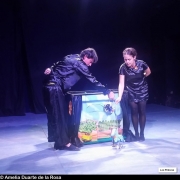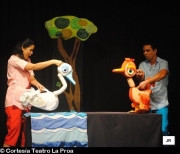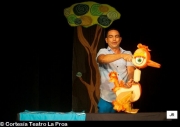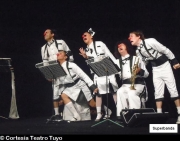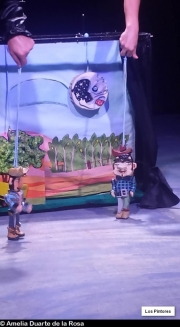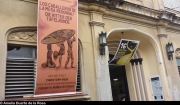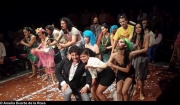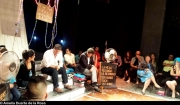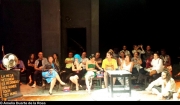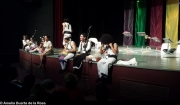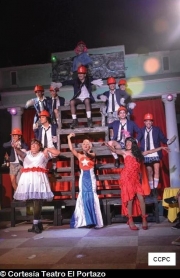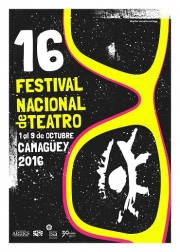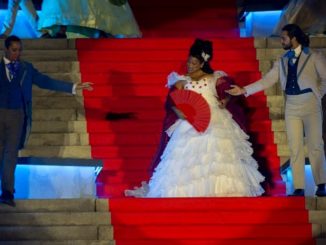
In Cuba, there is no better meeting to know the most current of the scenic panorama than the National Theater Festival of Camagüey. Every two years, the most outstanding of theatricality produced during the last two years gathers in the Eastern Province of Cuba to show this plurality of styles, of ways of being and to do Cuban theater.
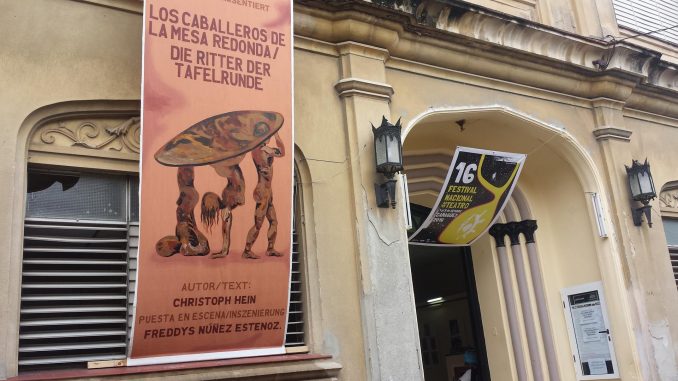
Recently concluded, the 16th edition of the Festival – which took place from 1 to 9 October – was again this unique dialogue space between comedians and spectators, between tradition and modernity, between content and form. Even if its demonstration was threatened by Hurricane Matthew, the good energy of the scene managed to keep intact the spirit of resistance and permanence of the national theater.
Sponsored by Cuba’s Ministry of Culture and the National Performing Arts Council, the event paid tribute to the directors Carlos Díaz and Carlos Celdrán, respectively winners of the National Theatre Awards 2015 and 2016 ; and it was dedicated to the 40th anniversary of the foundation of the Higher Institute of Art, now the University of Arts, and the 30th anniversary of the Hermanos Saíz Association, an organization that brings together all young Cuban writers and young Cuban artists under the age of 35.
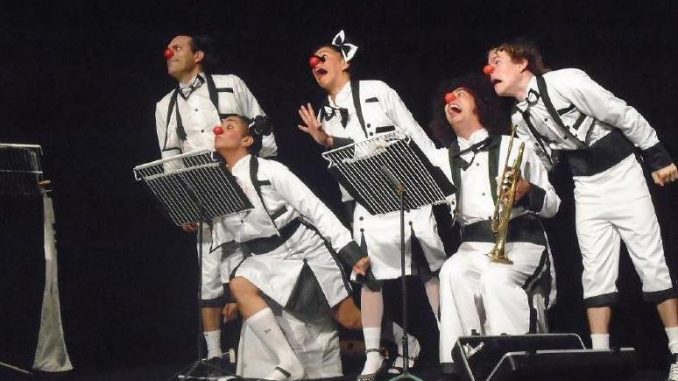
31 productions on stage
Theater companies of 12 provinces with 31 productions were listed in the official selection and the special editions. Not only everyone could arrive at Camagüey (especially those from Santiago de Cuba and Guantánamo where finally passed the weather phenomenon), but the selection who came left, in general, an excellent impression to the public. Performances took place before a packed house, including as regard street theater.
Plays for adults as “10 millones” presented by Argos Teatro, written and directed by the winner of the National Theater Award, Carlos Celdrán ; “Balada del Pobre BB”, by Impulso Teatro ; “CCPC, the Cuban Coffeby Portazo’s Cooperative” by Teatro El Portazo ; the “assemblies” of the segment Spectacular Drifts “Charlot Corday o el Animal”, by Teatro El Público-AHS ; “Asi Quiero”. “La familia como Teatro” (The family as a theater), from the LI-PEE project showed, from its various strategies of languages and scenarios, diversity that coexists in the current scenic panorama of the island.
Meanwhile, the “assemblies” by Teatro El Arca from Havana with “La Cuca” were appreciated by Marionettes and Children Theater ; La Proa with “Érase una vez…un pato” ; “Las noches del cafetal” from Los Cuenteros, by Artemisa ; and “Superbandaclown”, a show choir from Teatro Tuyo, by Las Tunas, the only company from Cuba’s eastern region that could arrive at the meeting.
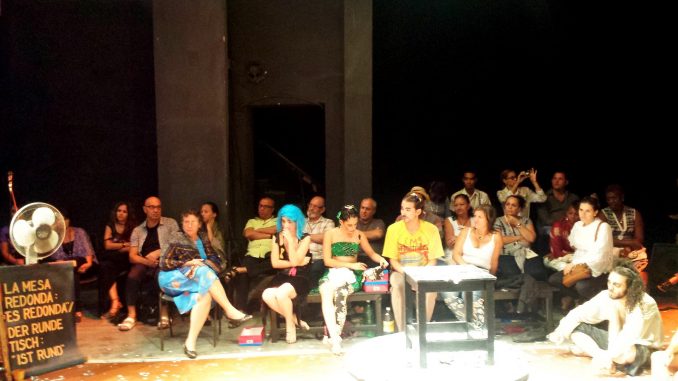
To (Re) Think theater, between theory and criticism
The witness of creative and dialogic process among the Cuban artists was the theoretical event for (Re) thinking the theater – (Re) presenting the thought. Critics, theater specialists, specialists and researchers of the scene in the country gathered to discuss current ways of Cuban theater, by taking as its starting point the artistic shows that came.
Dialogue with qualified people of the scene focused on teaching theater in schools, the actor’s work, the responsibilities of the director, the importance of design in the staging, the current behavior of Puppet and Children Theater and the criticism’s work which is on the lookout for the creation on stage. There were also staged readings and “disassemblies” of works.
The main thematic forums were dedicated to the 40th anniversary of the University of Arts, the 30th anniversary of the Hermanos Saíz Association and the work of Cuba’s centers of organizations such as the International Puppetry Association (UNIMA) and the International Association of Theatre for Children and Young People.
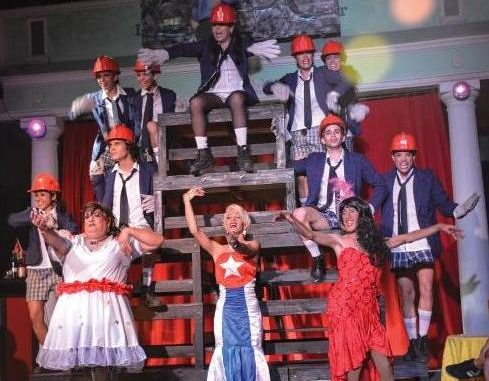
A festival for “good theater”
Several theatrical publications were also presented during the theoretical days. Digital books and publishers of Hermanos Saíz Association, Tablas-Alarcos, Arte y Literature, Unión, Conjunto and Casa de las Américas completed this platform supported by the exercise of judgement.
According to Noel Bonilla, Artistic director of the 16th edition, this theoretical meeting was necessary because “it invited us to think about the importance of resizing criticism in the media”.
For the specialist, the Festival is simply “good theater beyond trends and preferences. Here is the key to understand the privilege that means the stage as place of invitation and poetic conviction. It is enough to validate what is alive and changes “.
There is no doubt that since its inception in 1983, the National Theater Festival of Camagüey has been legitimized as an ideal place to travel through the roads of the Cuban scene, whose qualitative contrast is reaffirmed in the multiplicity of vocabularies and aesthetic variations.

